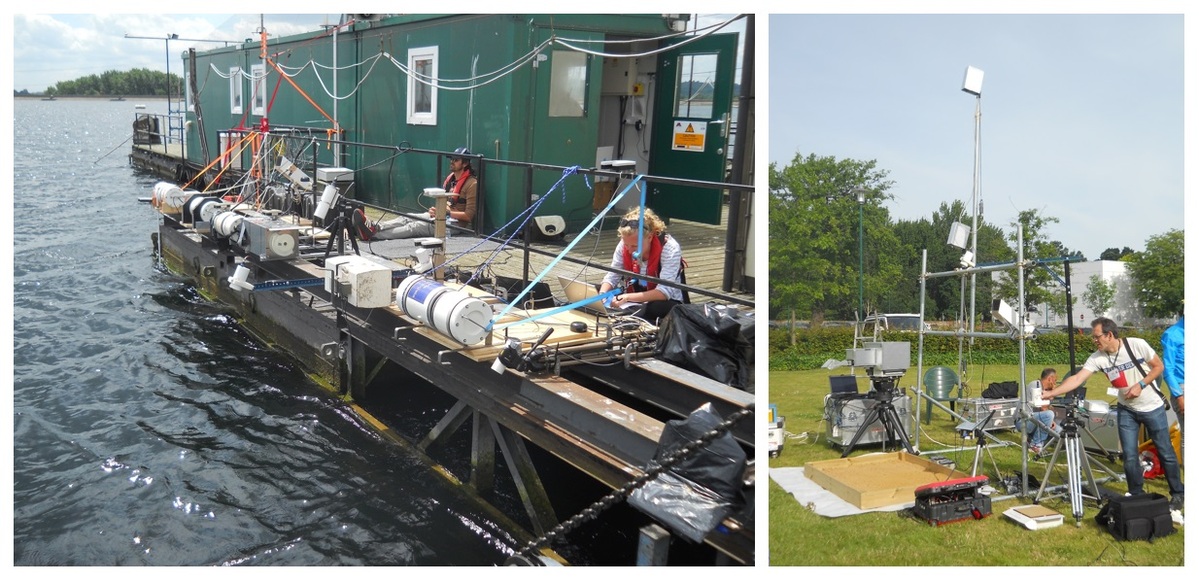Project Overview
The number of Earth Observation (EO) satellites is rapidly growing, whilst measurements from satellite sensors are used to answer increasingly urgent global issues, making it imperative that scientists and decision-makers be able to rely on the accuracy of EO data products. FRM4STS was an ESA funded project to establish and maintain SI traceability of global Fiducial Reference Measurements (FRM) for satellite derived surface temperature product validation. The project continues to facilitate international harmonisation and interoperability through organisation of inter-comparisons under the Committee for Earth Observation Satellites (CEOS) and its Working Group on Calibration and Validation (WGCV).
Publications & Resources
| Title | Link |
|---|---|
| FRM4STS Project Documents | Visit Website |
| Journal Article - Journal of Atmospheric & Oceanic Technology (2023) | DOI: 10.1175/JTECH-D-23-0059.1 |
| Journal Article - Journal of Atmospheric & Oceanic Technology (2023) | DOI: 10.1175/JTECH-D-23-0060.1 |
| Journal Article - Journal of Atmospheric & Oceanic Technology (2018) | DOI: 10.1175/JTECH-D-18-0032.1 |
Current statuses and major updates
In Summer 2016 the National Physical Laboratories (NPL), United Kingdom, organised inter-comparisons in the laboratory, over man-made targets and on Heathrow reservoir. These were followed by dedicated radiometer inter-comparisons over the ocean, sea ice and a desert. While the FRM4STS project has ended, NPL continues to maintain its web-site. In June 2022 another round of inter-comparisons in the laboratory and of Sea Surface Temperature (SST) estimates was organised, the latter at Bournemouth Pier. Similar exercises will be organised about every five years.
Key Objectives and Research Focus
Where long surface temperature data records are required, ensure that the data and associated measurement systems are rigorously tied to international physical standards (System International, SI). More details at: [link to]


